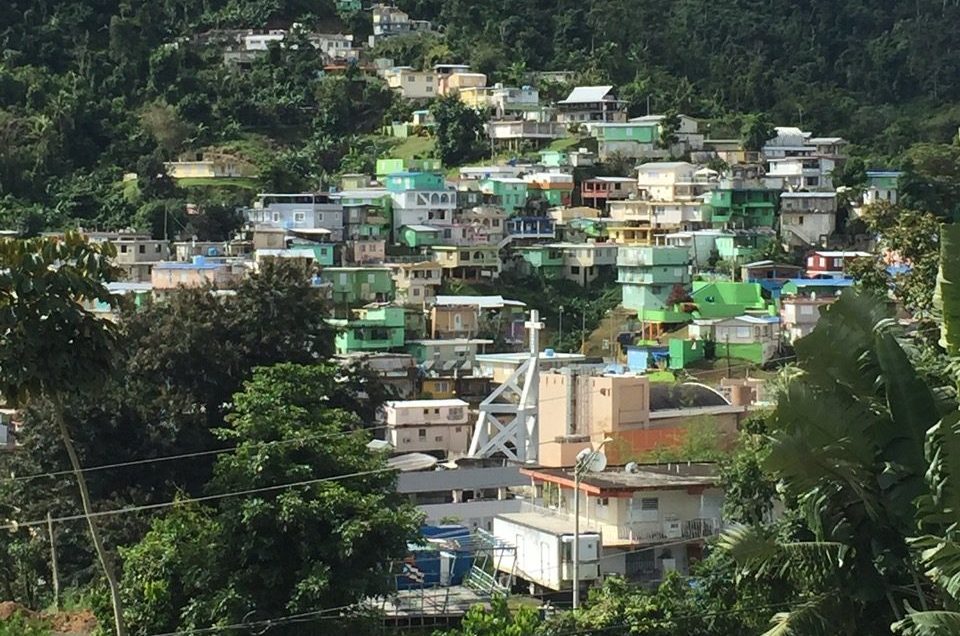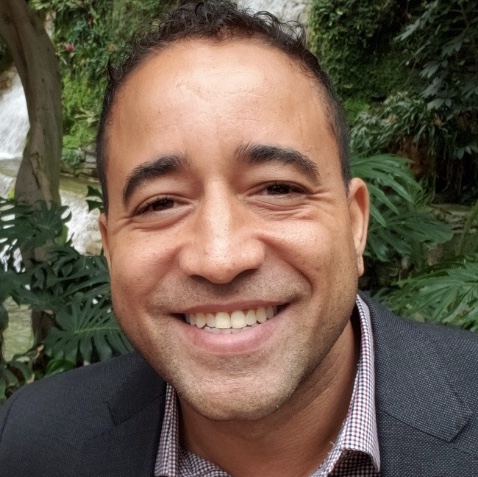What is the Coconut Doing? Assessing Disaster Needs Through Local Lenses
When you visit a bar in the Caribbean, you’ll notice that many have one thing in common: a half-humor, half make-shift weather station that uses coconut to help locals forecast the weather. A major challenge for philanthropy and funders is knowing how best to support a community after a disaster strikes. What programs and sectors […]

When you visit a bar in the Caribbean, you’ll notice that many have one thing in common: a half-humor, half make-shift weather station that uses coconut to help locals forecast the weather.
A major challenge for philanthropy and funders is knowing how best to support a community after a disaster strikes. What programs and sectors to support? Where? Which partner?
Quite often, the answers to these questions are available with a little legwork and ground-truthing. Those answers – the coconuts – are more accurate when we assess the disaster through local lenses to determine what the community has identified as their relief and recovery priorities, and more importantly, to understand their approaches, timeframes and expectations.
While most of my work with disaster grantmaking revolves around long-term recovery, before I walk into any new disaster, community or country, I try as best as possible to look at the situation through local lenses. Not how you or I might view a situation, sometimes from thousands of miles away.
For my Center for Disaster Philanthropy (CDP) colleagues and me, our initial outreach or entry point into a disaster is through our network of local community foundations. These key local stakeholders have the pre-disaster knowledge and relationships needed to more effectively understand the community and coordinate disaster relief and recovery in their communities. We reach out and learn as much as we can from those on the ground.
Community foundations are full of insights and information. They can help paint a picture of the community, the needs and gaps. In short, what are the priorities of the community as it relates to recovery? They can help us determine how the coconut is moving.
Much of CDP’s positive impact is through the work of disaster recovery stakeholders in an affected community. We support the local ecosystem of nonprofits and philanthropy, such as targeted funding and advocacy for long-term recovery groups across the U.S. and international partnerships.
One example of such a partnership is a recent collaboration for Hurricane Dorian recovery in the Bahamas involving the local nonprofit Friends of the Environment, and U.S.-based GER3, Rocky Mountain Institute and Water Mission. CDP provided four separate grants to each of these organizations implementing separate recovery programs sharing common goals: Rebuilding more sustainable and resilient schools and expanding environmental conservation activities and awareness programs for youth.
Philanthropy can effectively engage local humanitarian actors to understand the post-disaster landscape. This approach, however, needs patience: Speaking to local stakeholders and giving them space to identify, engage with nonprofits, both local and international, to share and coordinate plans take time. But recognize that their collective impact would be more significant and sustainable because of their partnerships.
Smart philanthropy uses its relationships and network to determine how the coconut is moving, opportunities to maximize humanitarian service delivery efficiency and backing it up with funding.
Learn more about some of the organizations doing critical work on the ground and how funders can support response and recovery in ways that prioritize communities of color and other vulnerable populations during these challenging times. Watch the “Is 2020 Over? Responding to Multiple Disasters Amid COVID-19 and Climate Change.“
More like this

A Report On the Ground in Puerto Rico

